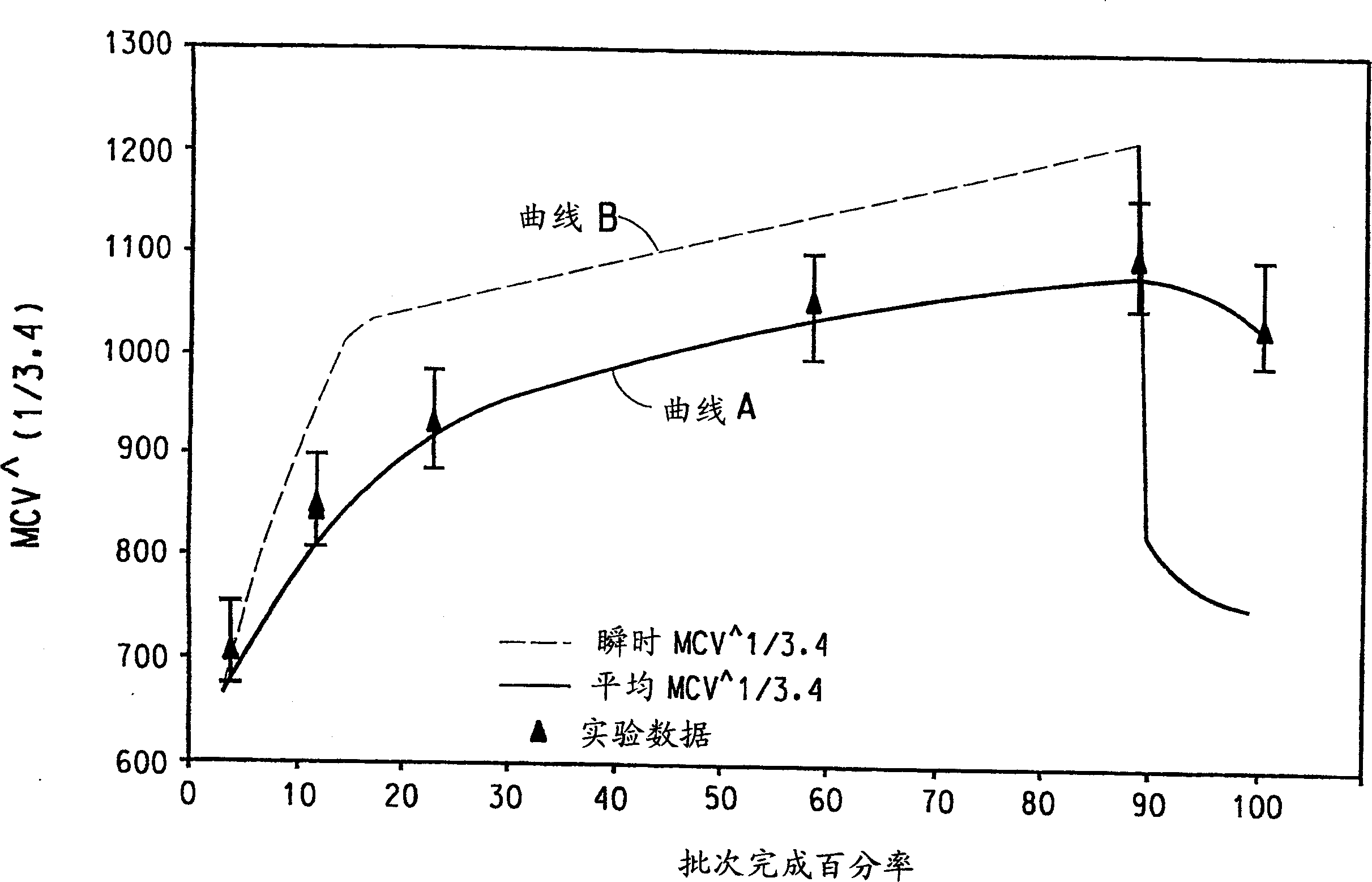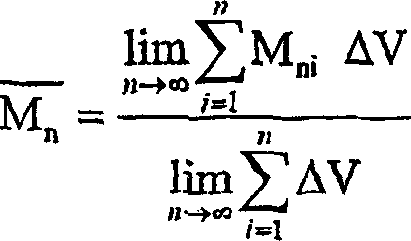Core-shell fluoropolymer dispersions
A dispersion, polymer technology, used in transportation and packaging, coatings, latex paints, etc., to solve problems such as low molecular weight non-fibrillating polymers
- Summary
- Abstract
- Description
- Claims
- Application Information
AI Technical Summary
Problems solved by technology
Method used
Image
Examples
Embodiment 1
[0100] This example illustrates the polymerization of TFE to produce fluoropolymer particles of the present invention having a core of high molecular weight PTFE and a shell of low molecular weight PTFE. A polymerization tank having a horizontal stirrer and a water capacity of 240 parts by weight was charged with 123.5 parts of demineralized water and 5.82 parts of paraffin wax supplied by Exxon. To the evacuated polymerization kettle was added 3.24 parts of a solution containing .0616 parts of ammonium perfluorooctanoate. The contents of the polymerization kettle were stirred at 50 rpm. The temperature was raised to 90°C. TFE was then added until the pressure was 2.72 MPa. Then, 1.29 parts of fresh initiator solution consisting of .01 parts of disuccinyl peroxide (DSP) and .00005 parts of ammonium persulfate (APS) per part of water was added at a rate of 0.129 parts / minute The solution. Once the pressure drops by .1 MPa, the batch is considered to have started. TFE was a...
Embodiment 2
[0102] Using the same procedure and essentially the same amounts of ingredients as in Example 1, except that the concentration of ammonium perfluorooctanoate initially added was increased to .1 parts per part of water, and the concentration of ammonium perfluorooctanoate solution pumped was reduced to 1% by weight . The solids content of the stock dispersion was 45.5% and the RDPS was 268 nm. Manual measurement of 328 particles from the SEM image showed globules and rod-shaped particles with an average length of 325 and a diameter of 195. Particles that are longer than 5 times the diameter have an average length of 770 nm and a diameter of 78 nm. The fraction of rod-shaped particles accounted for 4.9%, and on a weight basis, accounted for 1.9% of cylindrical geometry. The obtained PTFE resin had an SSG of 2.2217. Dried resin is a free-flowing powder. The resin was extruded as a paste at a shrinkage ratio of 1600:1, giving a continuous extrudate and an extrusion pressure of...
Embodiment 3
[0104] The same procedure and essentially the same amounts of ingredients were used as in Example 2, except that the concentration of ammonium perfluorooctanoate initially added was reduced to .08 parts per part of water, and the concentration of ammonium perfluorooctanoate pumped was increased to 2% by weight. The solids content of the stock dispersion was 45.3% and the RDPS was 283 nm. The obtained PTFE resin had an SSG of 2.209. A concentrated dispersion containing 6% by weight Triton(R) had a CCT of 22.9 microns and a gel time greater than 1800 seconds. At 8 wt% Triton(R), the GCT increased to 34.5 microns.
PUM
| Property | Measurement | Unit |
|---|---|---|
| particle size | aaaaa | aaaaa |
| gel time | aaaaa | aaaaa |
| melt viscosity | aaaaa | aaaaa |
Abstract
Description
Claims
Application Information
 Login to View More
Login to View More - R&D
- Intellectual Property
- Life Sciences
- Materials
- Tech Scout
- Unparalleled Data Quality
- Higher Quality Content
- 60% Fewer Hallucinations
Browse by: Latest US Patents, China's latest patents, Technical Efficacy Thesaurus, Application Domain, Technology Topic, Popular Technical Reports.
© 2025 PatSnap. All rights reserved.Legal|Privacy policy|Modern Slavery Act Transparency Statement|Sitemap|About US| Contact US: help@patsnap.com


